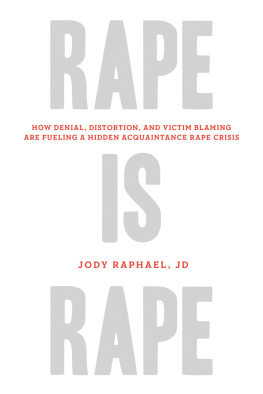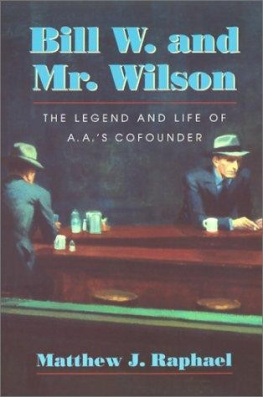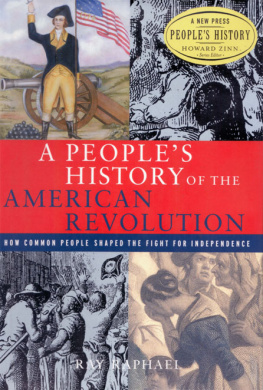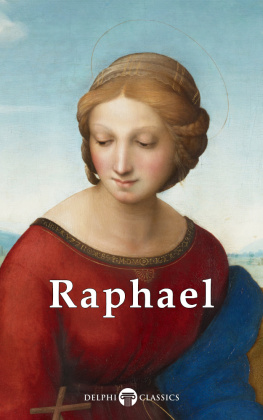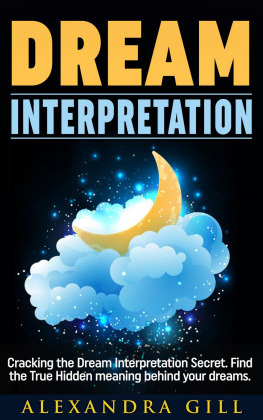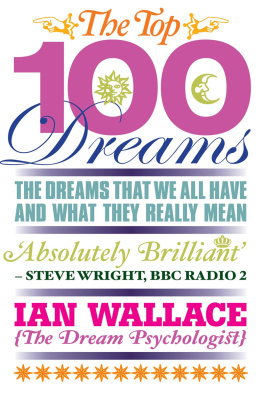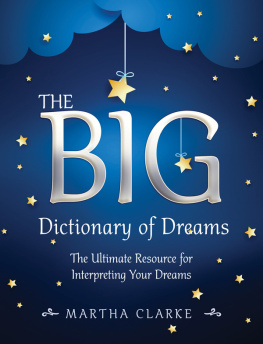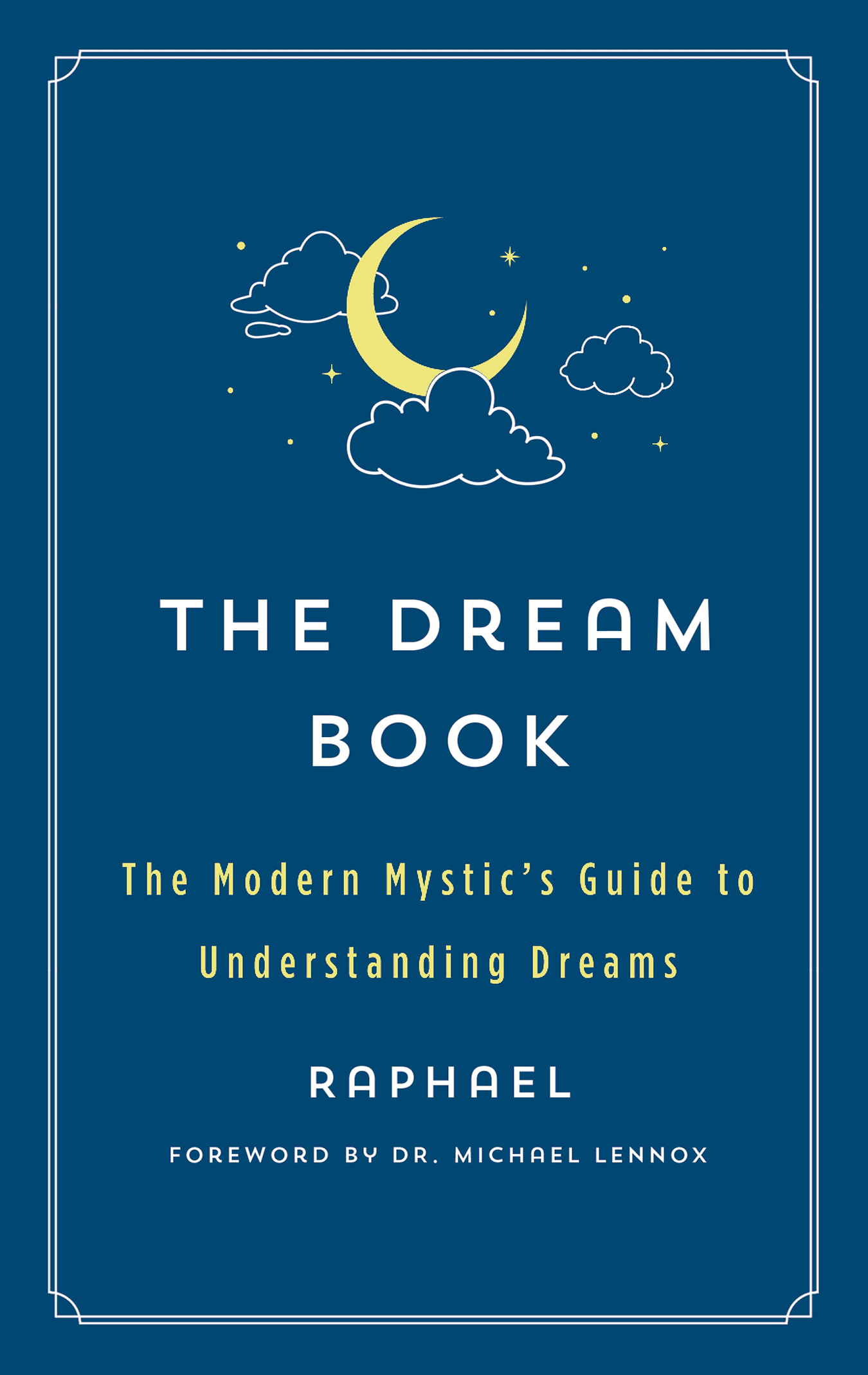Contents
Guide
Pagebreaks of the print version
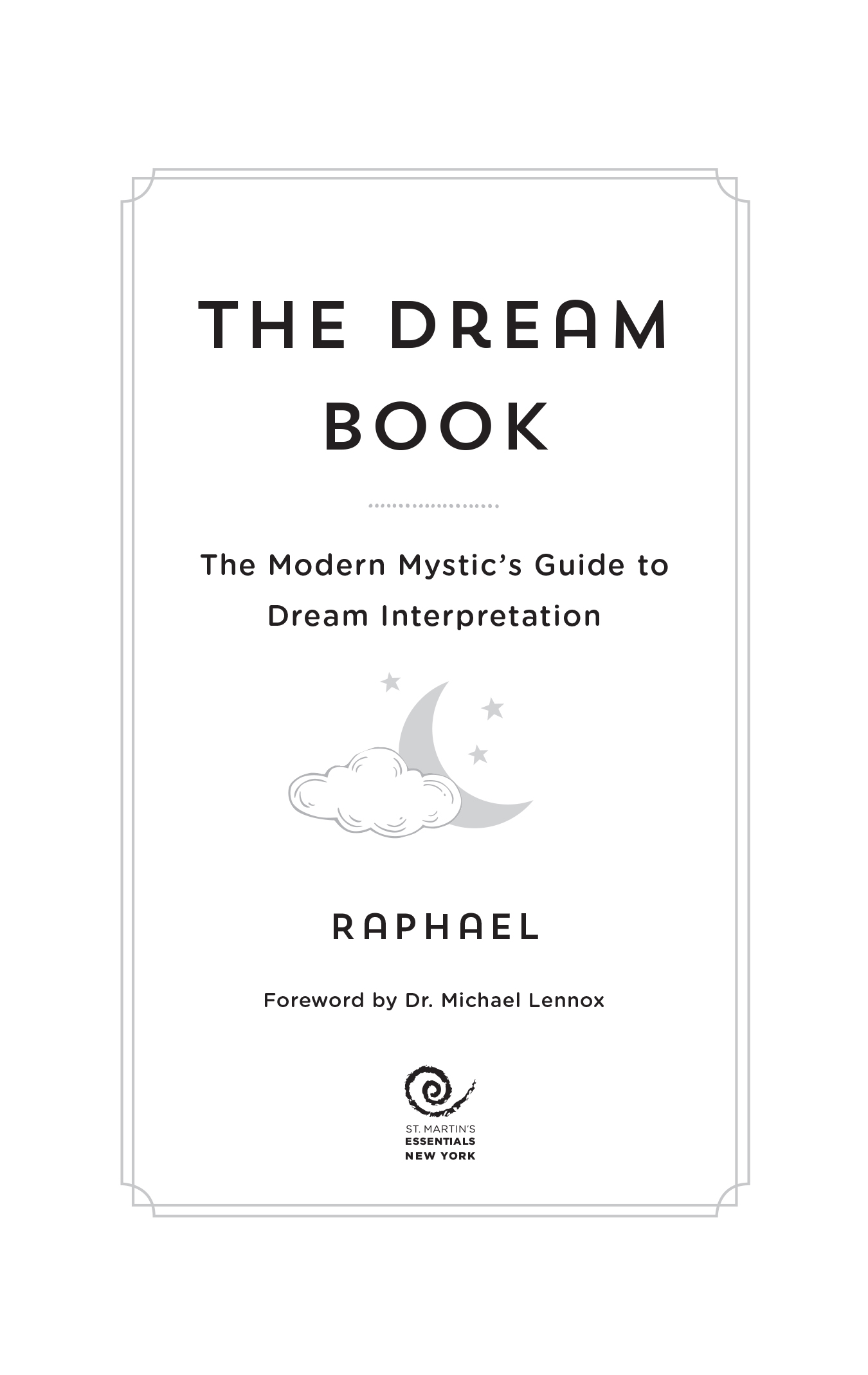
The author and publisher have provided this e-book to you for your personal use only. You may not make this e-book publicly available in any way. Copyright infringement is against the law. If you believe the copy of this e-book you are reading infringes on the authors copyright, please notify the publisher at: us.macmillanusa.com/piracy.
Dreams are both completely commonplace and yet always otherworldly. Many of the experiences are universal: Weve all woken up with the wisps of a dream floating in our minds only to forget it before weve had our morning coffee. Weve all been warned not to bore others by recounting our midnight reveries (but what if its a really good one?). And weve all found ourselves stiff with panic, heart racing in the grip of a nightmare. And yet each dream, whether bizarre or beautiful, is a unique creation of our own mind.
But do these dreams mean anything? Yes. No. Perhaps? In The Dream Book our mysterious author Raphael offers a guide to discerning the meanings of your dreams. The first section of the book is an easy-to-use dream dictionary. Simply look up the creatures and features youve dreamt of and youll find the meaning associated with them. The second part of the book offers a more indirect method of dream interpretation using a system of ciphers based on intuition.
You may think this is simply a fun diversion or perhaps you are certain your dreams hold the key to the future. The choice is up to you. Sweet dreams!
If you have picked up this fascinating little book, no doubt you are interested in dreams, and dream interpretation. We live in a modern world, at the beginning of a new century, and a new millennium. Our consideration of dreams and their value come out of the field of psychology, which by now is a mature science. Between what we understand about the unconscious, coupled with ever-growing knowledge of brain activity, we have come a long way since this book first appeared. When The Book of Dreams came out late in the nineteenth century, the Spiritualism movement was in its heyday, and there was tremendous interest in matters of the occult. No doubt, those who were captivated by mystical ideas responded powerfully to this book. It offers a systematic way of analyzing dreams, and then correlating what you find to symbolic meaning. Its something like a modern dream dictionary but without the perspective of what the field of psychology would eventually bring to this field. Its specific end game was predicting the future through dreams.
The year was 1886, a dynamic time of innovation and expansion. New York was becoming the center of the world. The Brooklyn Bridge was completed just a few years before, and the same year this book came out, the Statue of Liberty rose on the other side of New York Harbor. The Industrial Revolution had completely taken hold, and the amazing fortunes amassed at this time generated the moniker of the Gilded Age, and the divide between rich and poor began to truly segregate. Freud was fifteen years away from creating his seminal work that would utterly change the dreaming experience of human beings. Carl Jung, the father of modern dream work, was only eleven years old and still dreaming boyhood dreams.
To understand the environment that supported such a mystical publication, we have to back up a bit, about a century earlier. Indeed, the Industrial Revolution shifted the consciousness of the human race profoundly, as we earnestly moved away from country living and toward what would eventually become the modern world of manufacturing, world trade, and urban development. The broad sharing of ideas that came with the printing press and the expansion of education also allowed for explorations about humanity and spirituality to emerge in new ways. Out of cities rose the intellectual and cultural tropes that would eventually coalesce and form what Jung would later call the collective consciousness. But something also started to rise up into the collective in the late eighteenth century, and it might be best to begin our journey there.
While one could pick any point in history and declare it the commencement point of what I want to present to you, the role of Emanuel Swedenborg is a good place to start. This Swedish philosopher changed the way we looked at our divine nature in a manner that was, in ways, revolutionary. He called into curiosity the role of dreams as significant and mystical, but in a way that was less religious and more aligned with a spiritual sensibility that a contemporary person might easily appreciate. He also grabbed ahold of some scientific discoveries of the day, exploring anatomy and physiology, as well as dipping into an incipient study of what would turn into the science of neurons. Incidentally, this work is what eventually led science to understand that consciousness is somehow connected to the brain, and this is the scientific thread that got Freuds attention at the beginning of his career.
When Swedenborg was exploring dreams at a mystical level, Franz Mesmer was ten years old. Mesmer would grow up to generate the discovery that forever changed our sense of the human psyche. Mesmer was intensely curious about the workings of the energetic universe. As a physician, he focused on the body itself, but his work as an astronomer also put him into consideration about how we are all connected. He postulated that the human body is animated by a dynamic force, something he referred to as animal magnetism. His work exploring this energy and how it could be stimulated in people has become a common word: mesmerize. When we say that someone is mentally focused in one direction to the exclusion of other thoughts, we might say they are mesmerized. And though some of Mesmers contributions would come into question, his work with this invisible energy allowed Scottish physician James Braid to expand those techniques just fifty years later. Braid called it hypnotism, and if this hadnt been introduced into the collective, Freud and Jung would never have been able to make the contributions they made.
Freud did not discover the unconscious mind, though he will be forever associated with creating the model of how we understand the structure of the unconscious that, with only minor modifications, we still use today. This would not have been possible without Mesmer and Braid, as it was through hypnosis that Freud first began to suspect that there were truly powerful ways that we could access the unconscious mind. It began with hypnosis, but this way of engaging with patients was soon discarded for what turned out to be something seemingly innocuous, but which was profoundly transformative. When people were given the opportunity to simply speak their conscious thoughts, Freud was able to glean things that were ultimately hints of complex emotions and thought patterns buried beneath the surface. This free association talking cure eventually led to discussions of the dreams patients were having. The resulting insights gained by exploring dreams were so revelatory and powerful for Freud, he ultimately dubbed dreams to be the royal road to the unconscious mind. The Interpretation of Dreams was published in 1899, and the world has not been the same since.
Back to this missive. It arrived in a fascinating period. The Spiritualist movement, then in full force, would give way to a deeper understanding of the unconscious mind thanks to Freud and Jung, but not for at least another fifty years. At the time, dream interpretation was interesting to people curious about the potential to use dreams to predict the future. The second section of this book describes the technical elements of dream interpretation and guides the reader to create a series of ciphers and charts that will then allow the reader to interpret any dream. These charts are presented in a structure that uses planets and astrological signs as a guidepost. At the very top of the list, the reader is instructed to create these ciphers for themselves using the starting point suggested, with encouragement to allow intuition to assist the process.


